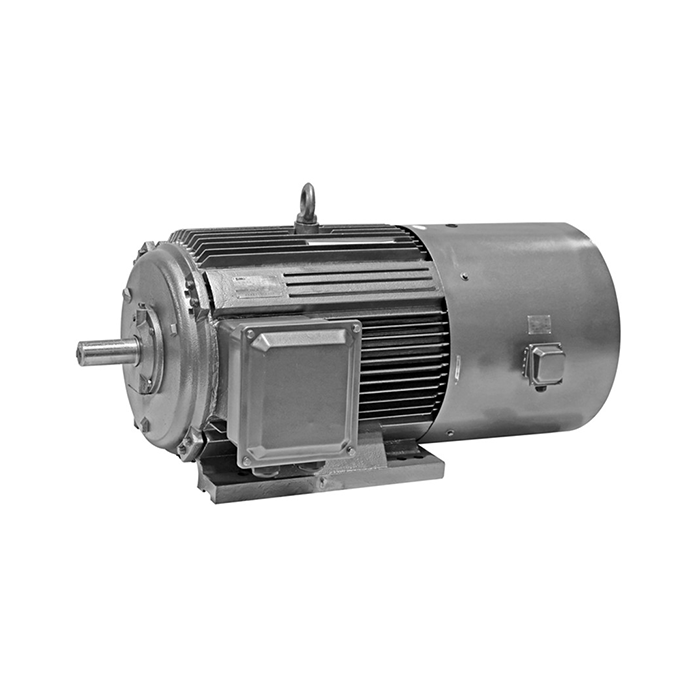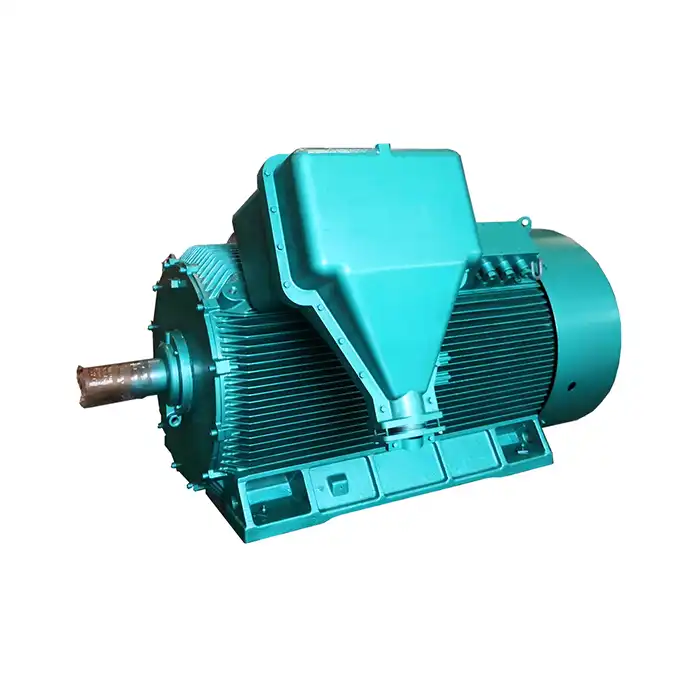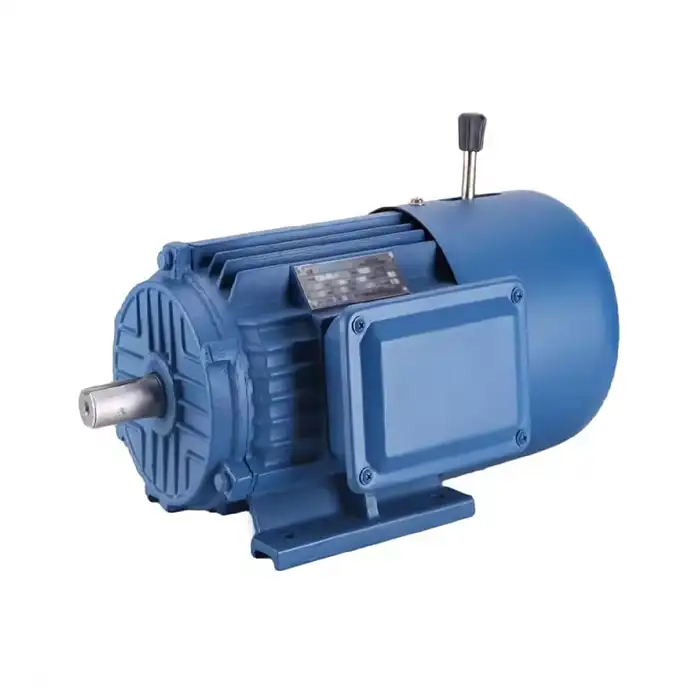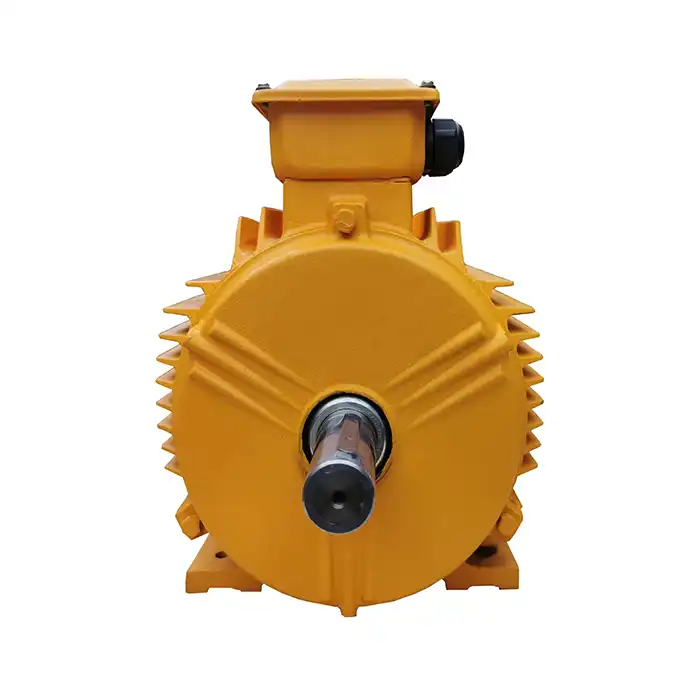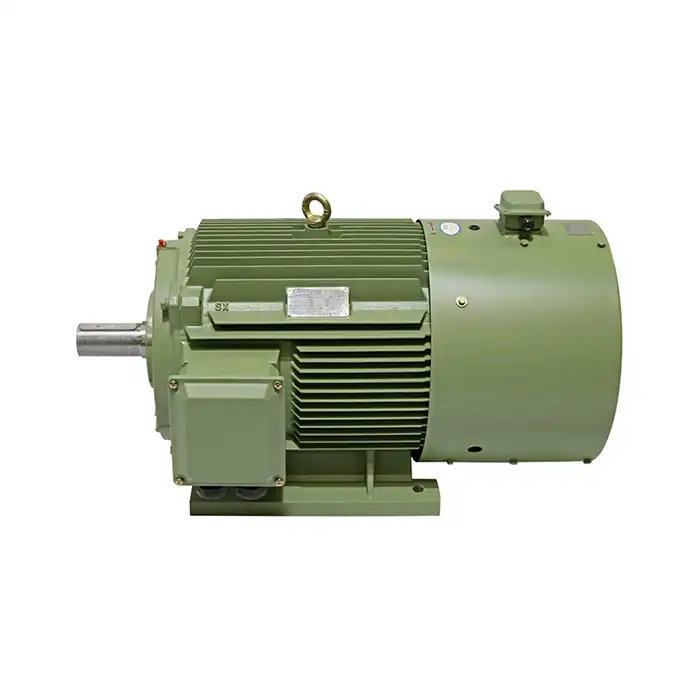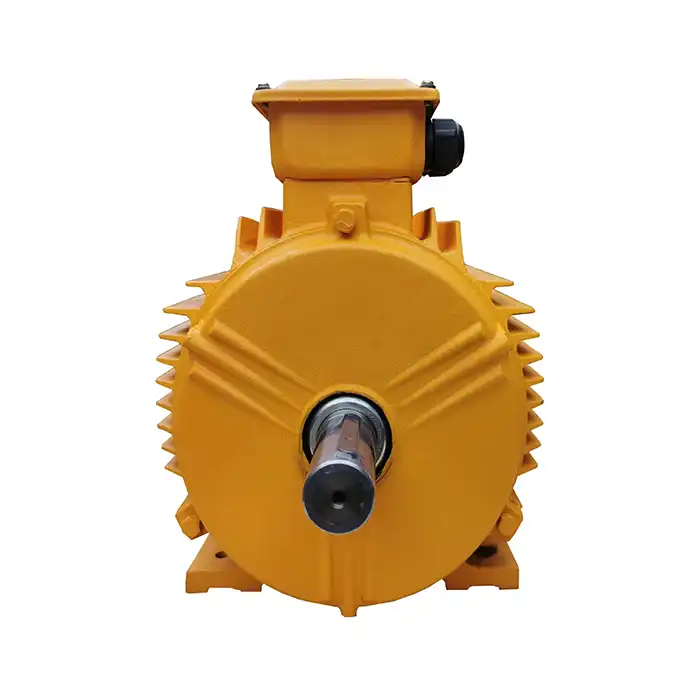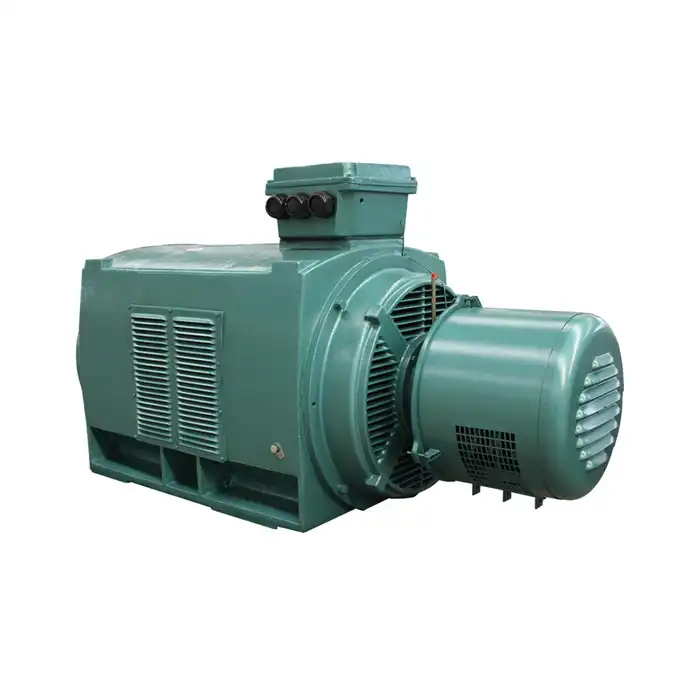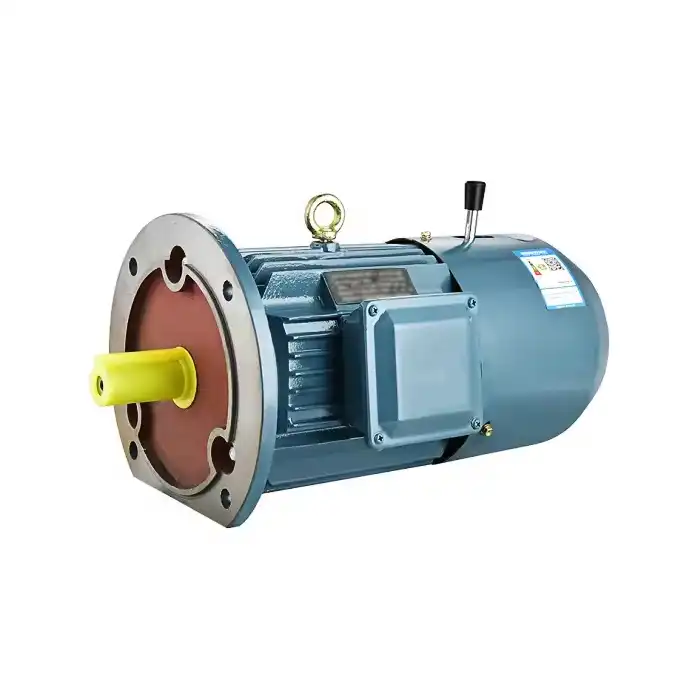Identifying key wear factors in IEC LV motors
Understanding the primary factors contributing to wear in IEC low voltage induction motors is the first step in implementing effective wear reduction strategies. By recognizing these elements, maintenance teams can develop targeted approaches to extend motor life and improve overall performance.
Mechanical stress and vibration
Mechanical stress and vibration are significant contributors to wear in IEC LV motors. These forces can lead to premature bearing failure, shaft misalignment, and damage to other motor components. To mitigate these issues:
- Regularly inspect motor mounts and foundations for signs of looseness or damage
- Use vibration analysis tools to detect and address imbalances or misalignments
- Implement proper balancing techniques during motor installation and maintenance
Electrical stress and insulation degradation
Electrical stress can cause insulation breakdown, leading to short circuits and motor failure. To minimize electrical wear:
- Conduct regular insulation resistance tests to assess the condition of motor windings
- Implement surge protection devices to safeguard against voltage spikes
- Ensure proper grounding and bonding of motor components
Environmental factors
Environmental conditions can significantly impact motor wear. Factors such as temperature, humidity, and contamination can accelerate degradation. To address these concerns:
- Install appropriate enclosures to protect motors from dust, moisture, and other contaminants
- Implement cooling systems to maintain optimal operating temperatures
- Regularly clean motor surfaces and ventilation openings to prevent buildup of debris
Lubrication strategies to extend motor lifespan
Proper lubrication is crucial for reducing friction and wear in IEC low voltage induction motors. Implementing effective lubrication strategies can significantly extend motor lifespan and improve overall performance.
Selecting the right lubricant
Choosing the appropriate lubricant for your IEC LV motor is essential for optimal performance and wear reduction. Consider the following factors when selecting a lubricant:
- Operating temperature range
- Motor speed and load conditions
- Environmental factors (e.g., moisture, dust, chemicals)
- Compatibility with motor materials and seals
Consult with lubricant manufacturers or IEC low voltage induction motor suppliers to determine the best product for your specific application.
Implementing proper lubrication schedules
Establishing and adhering to a well-designed lubrication schedule is crucial for maintaining optimal motor performance. Consider the following guidelines:
- Follow manufacturer recommendations for lubrication intervals
- Adjust schedules based on operating conditions and environmental factors
- Use condition-based monitoring techniques to determine optimal lubrication timing
- Maintain detailed records of lubrication activities and motor performance
Avoiding over-lubrication and contamination
While proper lubrication is essential, over-lubrication can be just as detrimental as under-lubrication. To prevent issues related to excessive lubrication:
- Use precision lubrication tools to apply the correct amount of lubricant
- Implement proper sealing and filtration systems to prevent contamination
- Train maintenance personnel on proper lubrication techniques and best practices
- Regularly inspect and clean lubrication points to remove excess grease or debris
Optimizing motor operation for minimal wear
Optimizing the operation of IEC low voltage induction motors can significantly reduce wear and extend their lifespan. By implementing proper operational practices and monitoring techniques, maintenance teams can minimize stress on motor components and improve overall efficiency.
Proper motor sizing and application
Ensuring that motors are correctly sized for their intended applications is crucial for minimizing wear. Consider the following factors:
- Conduct thorough load analysis to determine appropriate motor capacity
- Account for starting torque requirements and duty cycle
- Consider environmental factors and operating conditions when selecting motor specifications
- Consult with motor manufacturers or suppliers to ensure proper sizing and selection
Implementing soft-start and variable speed drives
Utilizing soft-start systems and variable speed drives can significantly reduce mechanical and electrical stress on IEC LV motors. Benefits of these technologies include:
- Reduced starting current and torque, minimizing mechanical shock
- Improved speed control for optimal operation
- Enhanced energy efficiency and reduced wear on mechanical components
- Extended motor lifespan through reduced thermal and electrical stress
Regular monitoring and predictive maintenance
Implementing a comprehensive monitoring and predictive maintenance program can help identify potential issues before they lead to significant wear or failure. Key elements of an effective program include:
- Continuous monitoring of motor parameters (e.g., temperature, vibration, current)
- Regular thermographic inspections to detect hotspots and potential insulation issues
- Implementing oil analysis programs for motors with oil-lubricated bearings
- Utilizing advanced diagnostic tools, such as motor circuit analysis and partial discharge testing
Maintaining proper alignment and balance
Ensuring proper alignment and balance of motor components is crucial for minimizing wear and extending motor life. Consider the following practices:
- Regularly inspect and adjust coupling alignment
- Implement laser alignment techniques for precision alignment
- Conduct dynamic balancing of rotors and coupled equipment
- Address foundation issues that may contribute to misalignment or imbalance
Call to Action: Partner with XCMOTOR for Optimal IEC LV Motor Performance
At XCMOTOR, we specialize in providing high-quality IEC low voltage induction motors and comprehensive support services to ensure optimal performance and longevity. Our team of experts can assist you in implementing these best practices and developing customized maintenance strategies tailored to your specific applications. By partnering with XCMOTOR, you'll benefit from our extensive experience, cutting-edge technologies, and commitment to customer satisfaction. Don't let motor wear impact your operations – contact us today to learn how we can help you maximize the lifespan and efficiency of your IEC LV motors.
For more information or to discuss your specific needs, please reach out to our team at xcmotors@163.com. Let XCMOTOR be your trusted partner in optimizing your motor performance and reducing overall maintenance costs.



